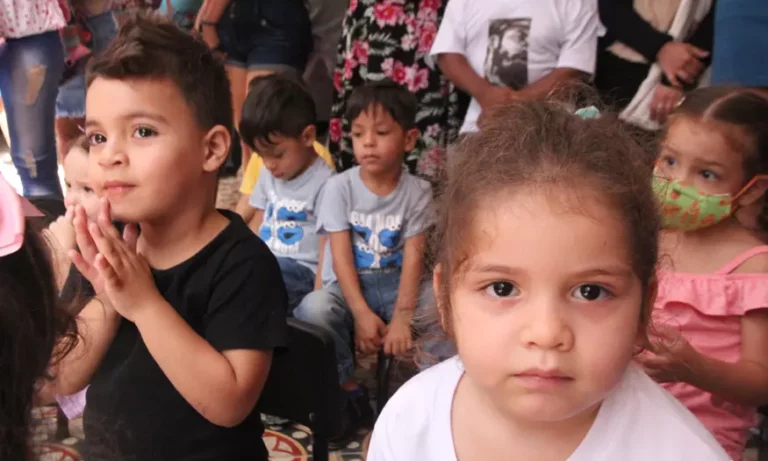Cuba’s plenty of reasons for the assault on the Moncada, no doubt today. “Why the Moncada?” is the title of a revealing report by Verde Olivo magazine that explains the reasons for the audacious actions that led to the triumph of the Revolution and the subsequent struggle for a better country resolved to never return to a gloomy past which would be even more ruthless in today’s conditions.
Written by journalist María Luisa García Moreno on the occasion of the 70th anniversary of the attack on the both the military fortress in Santiago de Cuba and the Carlos Manuel de Céspedes barracks in Bayamo, the historical research warns that the enemies try to prove that the Cuban Revolution was an unnecessary occurrence, holding that 1950s Cuba was a paradise, despite the fact that the attacks would lead to armed struggle for national independence and sovereignty.
She mentioned the governments of Ramón Grau San Martín (1944-1948) and Carlos Prío Socarrás (1948-1952), marked by corruption, gangsterism, and growing repression of workers’ and peasant movements, as well as to the murder of some of their main leaders.
The author adds that Fidel Castro Ruz himself, as a lawyer, denounced Grau San Martin before the courts on grounds that Cuba had become a land of heartless traitors and a den of iniquity headed for suicide.
However, she continued, Cuban society’s internal contradictions worsened following the coup d’état of Sergeant-turned-General Fulgencio Batista Zaldivar on March 10, 1952, after which exclusive neighborhoods such as Miramar boomed and many bars, casinos, clubs and luxury hotels flourished, especially in Havana, with the support of gangsters such as Sam Giancana, a personal friend of Batista’s, in contrast with the critical situation of the people, particularly the peasants.
Furthermore, on behalf of the government, groups of henchmen in civilian clothes would crack down on and attack university teachers and students who raised their voices.
Verde Olivo includes a photo of a 13 year old boy playing with human skulls, provided by his father, the henchman Elizardo Nicolardes Rojas, one of the figures of the dictatorship that killed at least 20,000.
The Moncada example led to other daring actions such as the uprising in the city of Santiago de Cuba on November 30, 1956 to support the landing of the yacht Granma on December 2, a stepping stone to the guerrilla warfare in the Sierra Maestra mountains.
García Moreno emphasizes that all this was enough to understand why the Cubans of the centenary generation took up arms to overthrow the existing regime and why the triumphant Revolution has fought and worked since to build a better country and never return to an era that imperialism and its haters insist on bringing back and which, in the present circumstances, would be even more ruthless.
With information by ACN
- Holguin Receives 10 Minibuses for Urban Transportation - 1 de July de 2025
- Cuban Sport Faces a Year of Great Challenges - 1 de July de 2025
- University of the Arts will hold its 44th graduation ceremony - 1 de July de 2025

